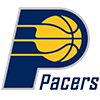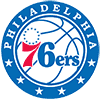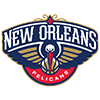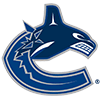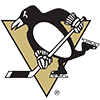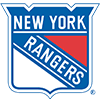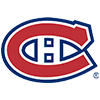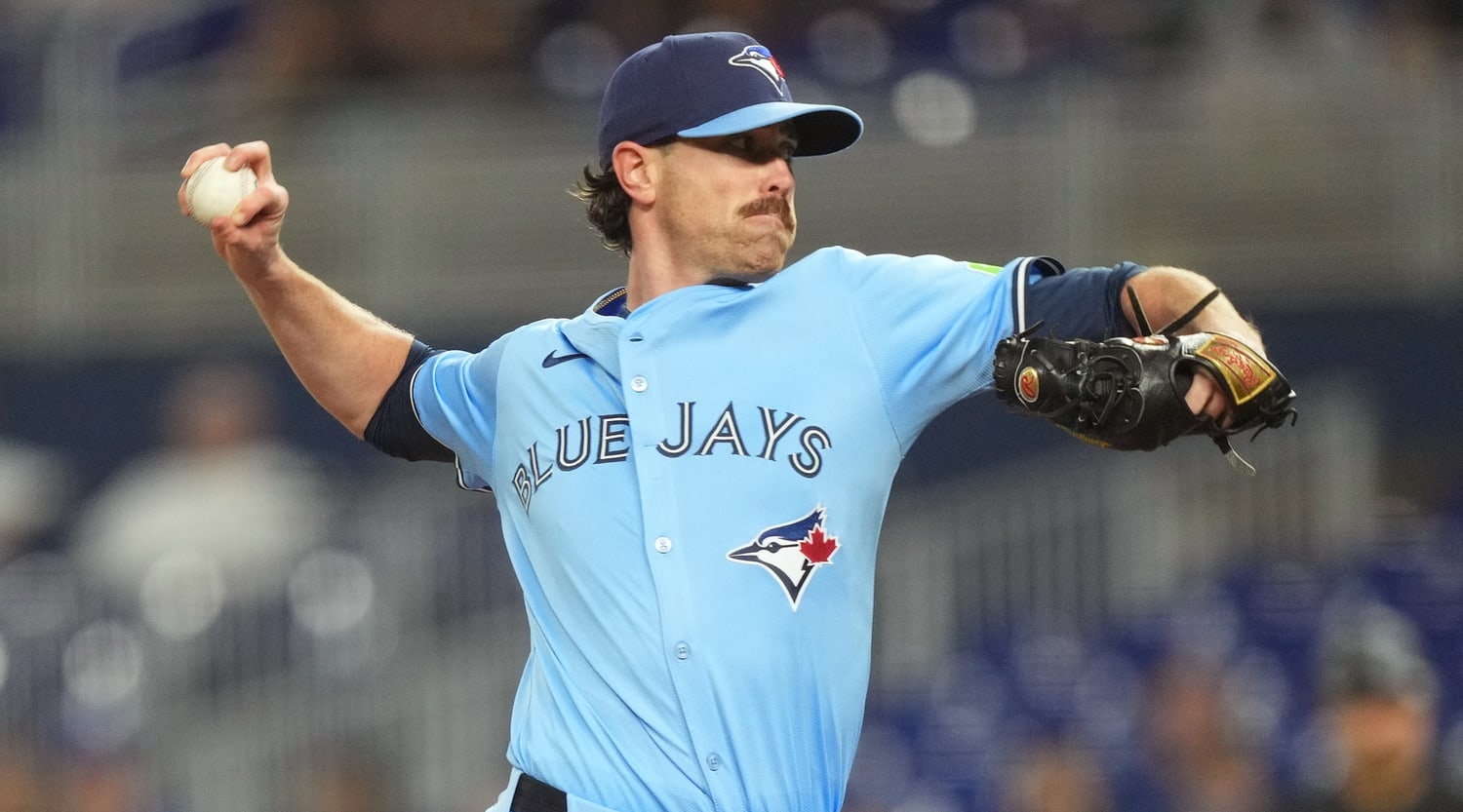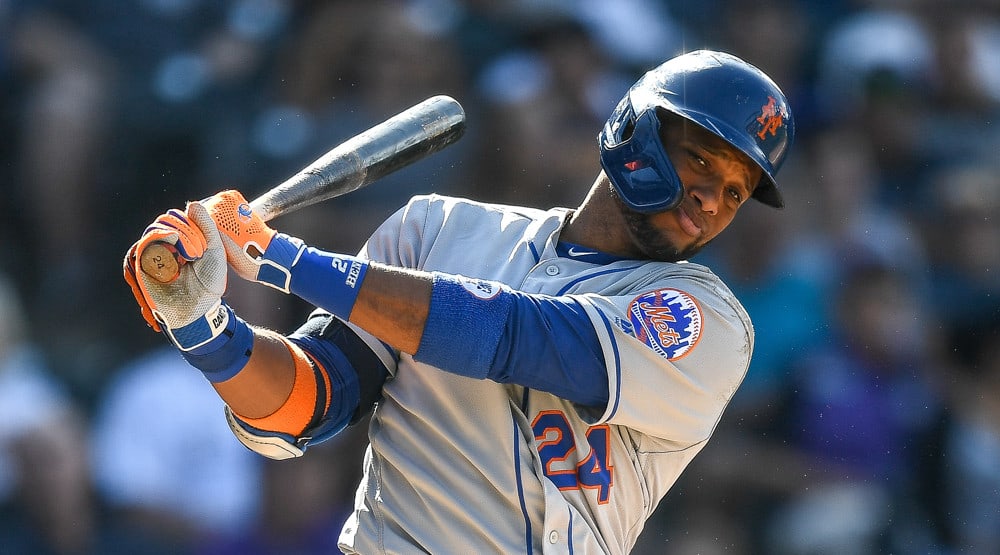Despite their inconsistent offense, the 2010 Rays have recaptured some of the magic that won them the AL pennant in 2008. They are tied with the Yankees for the best record in baseball (73-46). Tampa Bay's team ERA of 3.62 is second in the AL to Oakland's 3.57. Their young starters – James Shields is the veteran at 28 – are the envy of other teams. The pitching staff has served as a blueprint of how a small-market team can build a successful rotation.
I suggested Matt Garza as a buy-low candidate on July 20, and he tossed a no-hitter on July 26. Garza hasn't changed much since I profiled him in 2008: he mixes a 91-95 mph fastball, 85-89 mph slider, mid-70s curveball and mid-80s changeup well. Garza uses his height to create leverage as he drives the fastball down in the zone. Putting as much as he does into his delivery seems to cost him some fastball movement. Garza's slider is excellent, but it breaks so much that he can lose command of it. He uses his curveball and change when ahead in the count. I remember him throwing more changeups last year than he does now.
Garza struggles when he loses his command and overthrows, leading him to fall down. He has intermittent problems keeping the ball down. When his fastball isn't overpowering, Garza needs his good control to get out of jams, but those are the situations when he tends to overthrow. Garza has
Despite their inconsistent offense, the 2010 Rays have recaptured some of the magic that won them the AL pennant in 2008. They are tied with the Yankees for the best record in baseball (73-46). Tampa Bay's team ERA of 3.62 is second in the AL to Oakland's 3.57. Their young starters – James Shields is the veteran at 28 – are the envy of other teams. The pitching staff has served as a blueprint of how a small-market team can build a successful rotation.
I suggested Matt Garza as a buy-low candidate on July 20, and he tossed a no-hitter on July 26. Garza hasn't changed much since I profiled him in 2008: he mixes a 91-95 mph fastball, 85-89 mph slider, mid-70s curveball and mid-80s changeup well. Garza uses his height to create leverage as he drives the fastball down in the zone. Putting as much as he does into his delivery seems to cost him some fastball movement. Garza's slider is excellent, but it breaks so much that he can lose command of it. He uses his curveball and change when ahead in the count. I remember him throwing more changeups last year than he does now.
Garza struggles when he loses his command and overthrows, leading him to fall down. He has intermittent problems keeping the ball down. When his fastball isn't overpowering, Garza needs his good control to get out of jams, but those are the situations when he tends to overthrow. Garza has improved his mound presence greatly, and threw his first no-hitter on July 27.
David Price has stepped forward to lead the staff in wins (15), strikeouts (141), and ERA (2.85). He is throwing harder than he did in 2009, with a consistent 94-98 mph four-seamer. Price is throwing a two-seamer more, and has largely junked his 85-89 mph slider in favor of a mediocre 78-82 mph curveball. When in jams, Price has stuck with his hard stuff – moving his hard fastball in and out. He has been tough with RISP (.177). This explains why his ERA ranks fifth in the AL, while his WHIP is 25th. Price's motion is textbook, as he uses his trunk well and repeats his delivery.
I hope someone can explain to me why Price has essentially stopped throwing his slider. It was reportedly a great pitch for him as an amateur, and in the 2008 ALCS. Price has only recently started throwing his curve. His changeup is just average, and his two-seamer doesn't produce many ground balls. That leaves the fastball as his only plus pitch. Price is getting away with his Justin Verlander act now, but the Yankees hit good fastballs in October. I think Price is in for some uncomfortable seasoning.
Also, Price doesn't deserve to win the Cy Young. In addition to his low WHIP ranking, Price is tied for 16th in the AL in innings (151.2) and ranks 10th in strikeouts. I hope Tim Lincecum and Zack Greinke winning the awards last year will end the "vote for the starting pitcher who wins the most games on a good team" gambit that produced some questionable winners – see Bob Welch and Roger Clemens, 1990.
Shields is still at 91-93 mph, but his 83-84 mph slider seems flat. Shields' plus changeup is 82-85, and his 75-77 mph curveball has always been his third or fourth-best pitch. Overall, his stuff has been inconsistent recently, as his ERA has risen from 2.99 on May 25 to 4.98. He was 1-5, 7.67 in June.
Like many pitchers who rely on a good changeup, Shields is having a harder time with right-handed batters (.888 OPS) than left-handers (.772). A changeup from a right-hander goes down and away from a left-handed hitter, but drifts right into a right-hander's power. Always a moderate flyball pitcher, Shields leads the league with 28 dingers allowed. On August 7, he gave up six homers to Toronto.
While Wade Davis has been up and down, he joins Brian Matusz and Mitch Talbot as the rookie AL starters who have thrown 100 innings. Davis and Jeff Niemann are on the DL with shoulder pain after their early August starts. Each is set to return for the Angels series August 23-25.
Davis deals 92-94 from a fairly smooth motion. He has an 82-86 mph slider and a 78-82 mph curve, which has developed into his best off-speed pitch. His slider isn't as effective as it should be, given its velocity. Davis throws a mid-80s changeup infrequently. Like Garza, Davis needs to keep the ball down. Davis could work his changeup more, or develop a sinker, to improve his G/F ratio (0.70) and keep the ball in the park (20 homers).
Niemann's stuff resembles Davis', but with more movement on his fastball. He throws a mid-80s split-finger instead of a changeup. Niemann's delivery is herky-jerky, and he can ride his fastball in on a right-hander or locate on the outside corner. He goes through stretches when he relies on one breaking ball or another. Niemann has also been tough in pressure situations - a .167 average with two outs and RISP. He can be run on, and isn't the quickest cat (6-foot-9, 260 pounds) off the mound.
For a pitcher with a neutral G/F ratio (0.89), Niemann induces a lot of double plays – 35 in the last two years. Niemann is also very efficient (14.6 P/IP). This ranks fourth among qualifying AL starters - behind Cliff Lee, Carl Pavano and Dallas Braden, and ahead of Felix Hernandez. Niemann's recent shoulder pain is the first time he has been on the DL. The extra motion around his forearm and elbow during his delivery is a bit worrisome. Yet as long as his control and efficiency hold up, I don't see Niemann as any more of an injury risk than an average starter.
On any other team, top prospect Jeremy Hellickson would have been in the rotation all year. Hellickson has great control of his 89-93 mph fastball and 77-82 mph changeup. He throws the change wherever and whenever he wants. Although it doesn't have a ton of movement, it has enough, and Hellickson throws it with the same arm speed as his other pitches. Hellickson's curveball varies from 71-77 mph, and he can break it away from a right-hander like a slider. One would like to see a harder curve, but that's nitpicking.
Hellickson's motion is sound, and he has drawn rave reviews for his mound presence. The Rays want to limit his innings in 2010, and he has thrown 138 between Triple-A and the majors after tossing 114 in 2009 and 152 in 2008. With Davis and Niemann set to return from the DL around August 23-25, the buzz is that Hellickson will be moved to the bullpen.
While Tampa Bay's rotation has been excellent, their bullpen (3.23 ERA) has also been outstanding. Closer Rafael Soriano is 32-for-34 in save opportunities, and has lost once in 47 appearances. He throws 92-95 with a cut fastball, two-seamer, and an 83-86 mph slider. As the Rays gave up Jesse Chavez to get Soriano, that trade was the top off-season acquisition of 2010. Soriano has thrown quality strikes all year long.
Joaquin Benoit has been one baseball's best setup men, with a 60:7 K:BB ratio and a 0.62 WHIP. He throws 94-95 with a mid-80s changeup with a nice motion from the same arm slot. Benoit's delivery and stuff remind me of Fernando Rodney's. Dan Wheeler has pitched very well since coming over from Houston in 2007. He throws 89-91 with a good 74-77 mph curveball and a cut fastball. I wonder why Joe Maddon doesn't use him more.
Deadline acquisition Chad Qualls saved 24 games for Arizona in 2009, but has completely lost it this year (7.86 ERA). He was very wild on August 16 against Texas, and nearly blew the game. Qualls throws an 89-92 mph sinker and a low-80s slider, but his stuff and efficiency (18.2 P/IP) have declined. Grant Balfour is recovering from an intercostal (rib) strain he sustained while wrestling with a coach. He has rebounded from a poor 2009, and while he doesn't throw as hard as he did in 2008, Balfour could help out in October.
Down on the farm, 21-year-old lefthander Matt Moore continues to be a strikeout machine. He has 464 in 325 innings since being drafted out of high school in 2007. Moore is being treated very conservatively, as he is still in High-A (4-10, 3.67 in the Florida State League) despite all those strikeouts. He has a low-90s fastball and good curve, and opinions are divided as to whether he will be a starter or reliever. Another left-hander, Alex Torres, was obtained in 2009 with Sean Rodriguez in the Scott Kazmir deal. The 5-foot-10 Venezuelan is currently 9-5, 3.55 in Double-A. Torres is pretty seasoned for a 22-year-old, having thrown 174 innings in the tough California League from 2008-2009. He projects as a fourth starter or better.
To go deep into the postseason, Tampa Bay's pitching will have to lead the way. Although they rank third in the AL in runs (597), their team OPS (.737) is just eighth. The discrepancy comes from early-season clutch hitting and some blowout wins. To be honest, Evan Longoria and Carl Crawford have been the club's only consistently above-average hitters all year. The Rays will need to pitch well, string hits together, and play excellent defense to beat the Rangers or the Yankees, who each have far superior offenses.
Although Tampa Bay is well stocked to stay competitive into the future, I think they are too conservative in "protecting" their prospects while also competing in the present. Desmond Jennings, their top outfield prospect, is hitting .290 with three homers, 37 walks and 32 steals at Triple-A. It's hard to believe he couldn't out-perform slow-footed DH Willy Aybar (.693 OPS). Jennings could bring a jolt of speed and on-base ability to a lineup that has recently featured rookie catcher John Jaso in the leadoff spot. I know Joe Maddon is adorable, but come on.
It was one thing to keep Hellickson at Triple-A so he could work as a starter while the rotation was full. You could make an argument that the Rays should have summoned Hellickson to middle relief when he was ready for the majors, which was back in April. But, using the argument that Hellickson needed to keep throwing innings as a starter, I'll go along with that. I'll even accept that pitchers are a special breed, and that Hellickson's innings need to be limited down the stretch. It's something different to keep a position player at Triple-A when he can help the major league team win.
The Rays are a team for whom a lot of people will be rooting, as they fly the small-market flag very well. One hopes they take a page out of Nolan Ryan's book, and realize that sometimes you need to take some chances to win.









